Title: BSR Conference 2009
Location: San Francisco, CA
Link out: Click here
The 2009 BSR Conference kicks off tonight in San Francisco with a Human Rights Networking Reception starting at 5:30pm. Of the many interesting panel sessions, including “Integrating Sustainability into Sourcing, Design, and Production of Products” with Amy Leonard and Erik Joule from Levi Strauss & Co’s, Hannah Jones will be discussing Nike’s Considered Design Ethos during the panel “Integrating Sustainability into Corporate Innovation” at 4:30 on Oct. 22nd.
We’ve mentioned Nike’s Considered Design Ethos before (see Nike Talks Trash and Nike: Considered Design Ethos, Steve Nash and the “Sixty Million Dollar Man”).
Check out this article on Greenbiz to learn more about Nike’s Considered Design initiative.
Description:
“In a world that’s been ‘reset’ by a trio of global crises—the sharp worldwide recession, accelerating climate change, and a collapse of trust in business—the implication and opportunities for business are enormous.
“Now more than ever, innovative sustainability strategies are needed to deliver business value today, and position companies to successfully meet the greater challenges ahead. The BSR Conference is an essential opportunity to learn how to leverage your resources, implement changes, and succeed in a world where business as usual is no longer viable.
“Don’t miss your chance to be part of one of the largest and most influential communities of corporate responsibility leaders, at what Forbes.com ranks among the top 12 influential executive gatherings for 2009. A new, restructured format with more—and more varied—session time than ever before means that you will be able to customize your agenda with the topics, level, and length of sessions that are right for you. Any way you design it, the BSR Conference will deliver a practical and interactive learning experience, unrivaled access to industry experts, and the knowledge you need to lead in a ‘reset world.’” (BSR)
Start Date: 2009-10-20
End Date: 2009-10-23

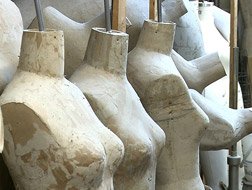
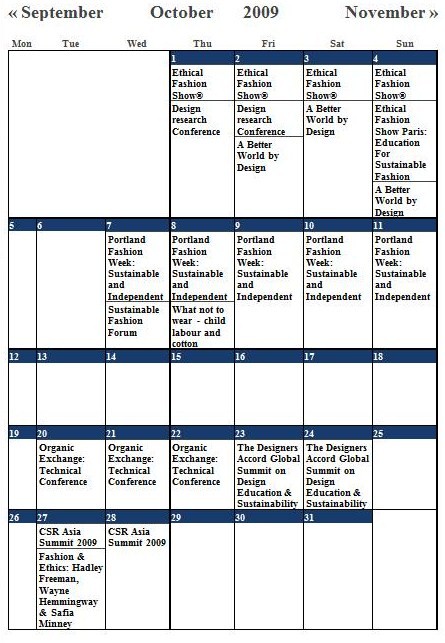
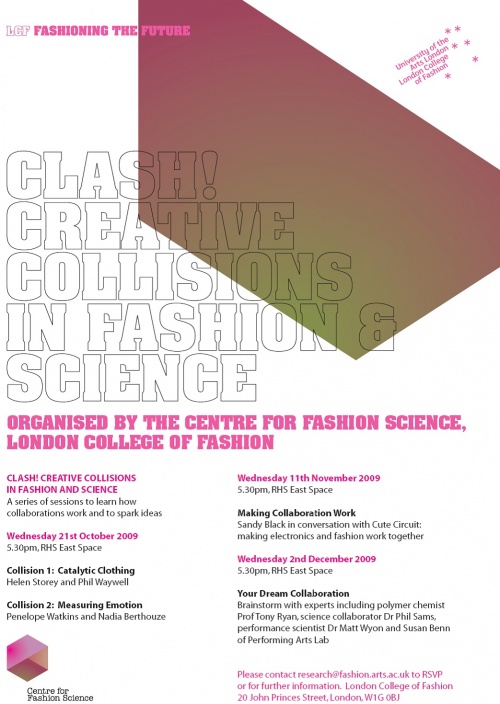
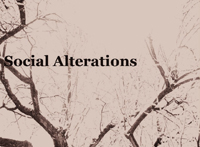
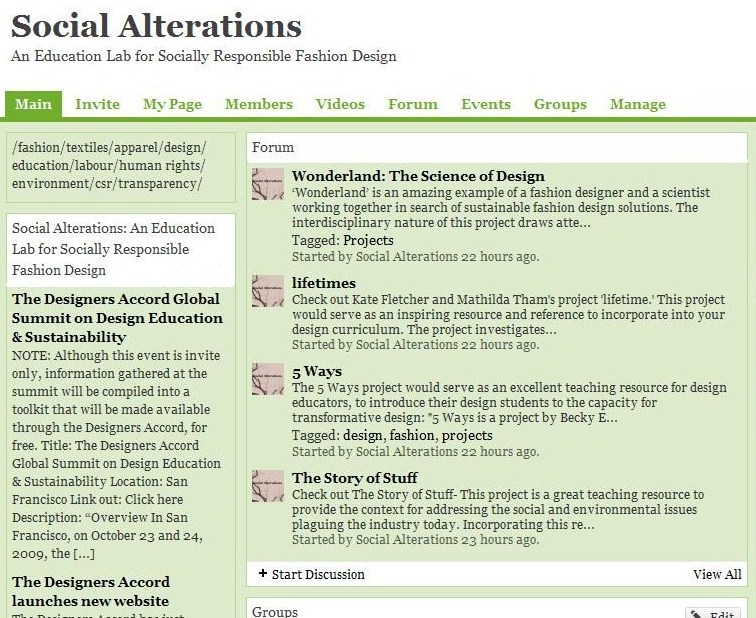
 The International Day for the Remembrance of the Slave Trade and its Abolition was August 23rd. To mark the occasion, the ILO (International Labour Organization) has launched a new book on forced labour, titled “Forced labor: Coercion and exploitation in the private economy.”
The International Day for the Remembrance of the Slave Trade and its Abolition was August 23rd. To mark the occasion, the ILO (International Labour Organization) has launched a new book on forced labour, titled “Forced labor: Coercion and exploitation in the private economy.”

